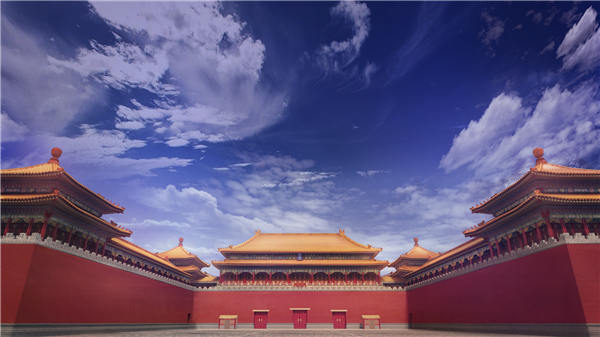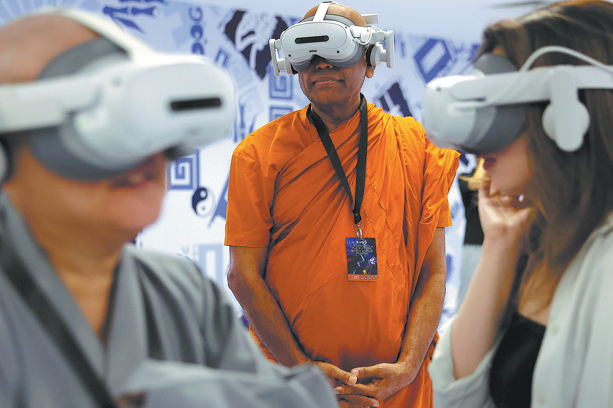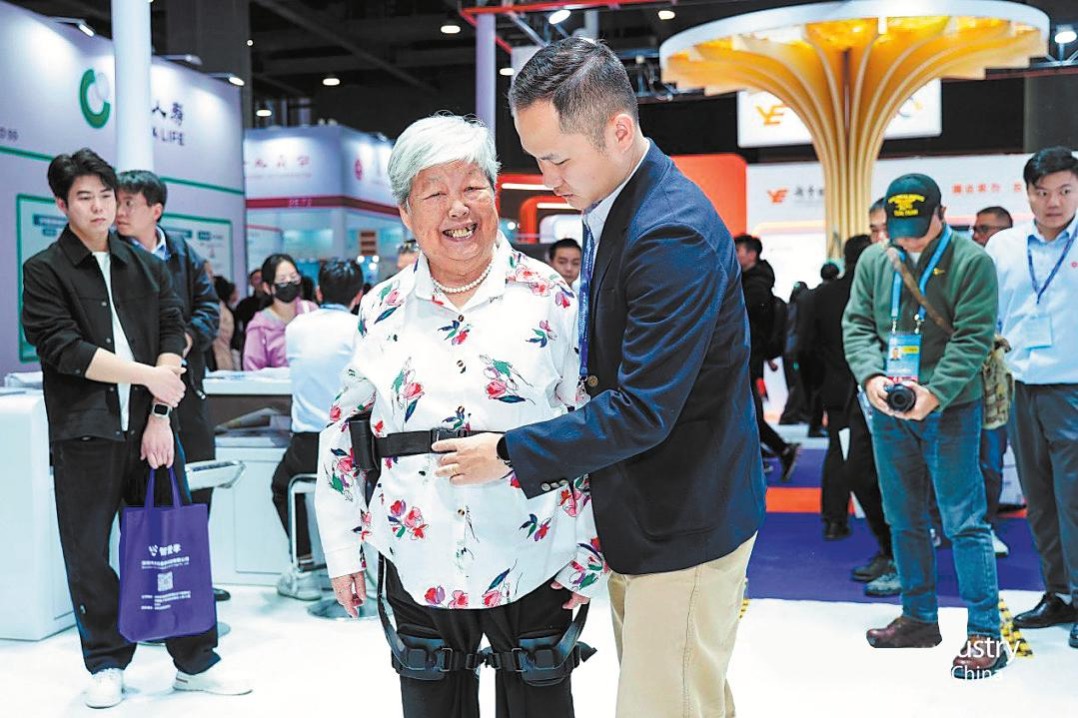A variety of treasures
By Wang Kaihao | China Daily | Updated: 2021-01-21 07:36

[Photo provided to China Daily]
Cultural dialogue
The production team realizes that, to visualize a historical scene, accuracy is paramount. Clothing, articles of daily use and stage settings have to comply with the period represented. According to Chen Shiyu, the show's costume consultant, each piece of clothing has to be confirmed in triplicate: ancient documents, paintings and cultural relics.
"In design," Chen says, "we cannot take anything for granted." The audience, Chen adds, rightly demands authenticity.
For such a show, purely academic accuracy is insufficient for the viewer to get emotionally involved. Such a reaction depends on stories.
Compared with ancient tales behind the relics, which are often connected with famous historical figures, director Yu says it is more challenging to find modern heroes with destinies that are inseparable from these artifacts. But once found, their stories will inspire.
Some such heroes have left their mark and the program shows just what they have done. Take fresco restorer Li Yunhe, for example. For over half a century, he, along with his son and grandson, like a relay team, have passed the cultural baton to each new generation to continue the restoration of Dunhuang's precious heritage.
Another such exemplar is Zhao Zhen, a photographer that focuses on the Terracotta Warriors, who could barely conceal his excitement when recalling his discovery of a fingerprint left by an artisan on the body of one of the warriors about 2,000 years ago. Zhao said he had "a dialogue" with the ancient sculptor that spanned the expanse of time.
And some unexpected dialogue between the show and new archaeological findings brings even more surprises.
While a stele in the Xi'an Beilin Museum is chosen to showcase Tang Dynasty (618-907) calligraphy master Yan Zhenqing's patriotism, a woman's epigraphy, which is a rare example of Yan's early-stage works, was unearthed in Xi'an in November.
"The coincidence provides more attention for our museum," says Zhang Yun, deputy director of Xi'an Beilin Museum. "We used to promote our stone relics in traditional ways because we thought it was a serious topic. However, the creative thinking brought by the show's film crew has reminded us that more diverse cultural expression is needed."
"For museums, participating in such programs means extra work, but it's worthwhile if we want to have greater influence," she adds.
For the show's production team, expanding the influence of "Chinese treasures" is an ongoing journey. According to Yu, the previous two seasons of the show have been, or are in the process of being, translated into eight languages to be broadcast both at home and abroad. Cooperating with the BBC, the show was also adapted into a six-episode derivative documentary China's Greatest Treasures in 2019.
In spite of the achievement, Yu humbly says that the original goal of the show was only to make museums popular and encourage more people to visit them.
"We are not afraid that similar shows may come, and it's great to see them help spread our fine traditional culture," she says. "We just need to keep our own skills honed and constantly evolve."
























